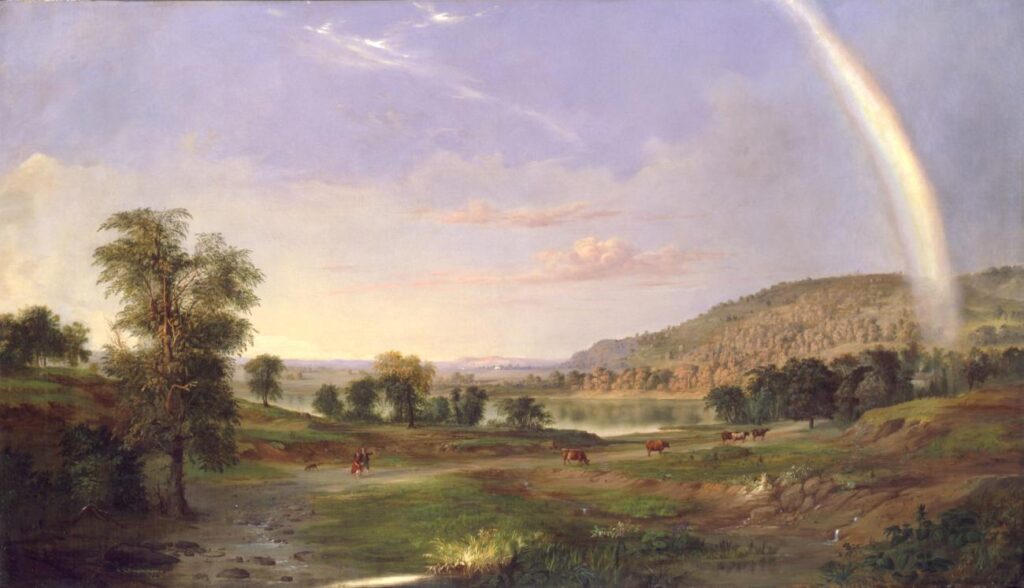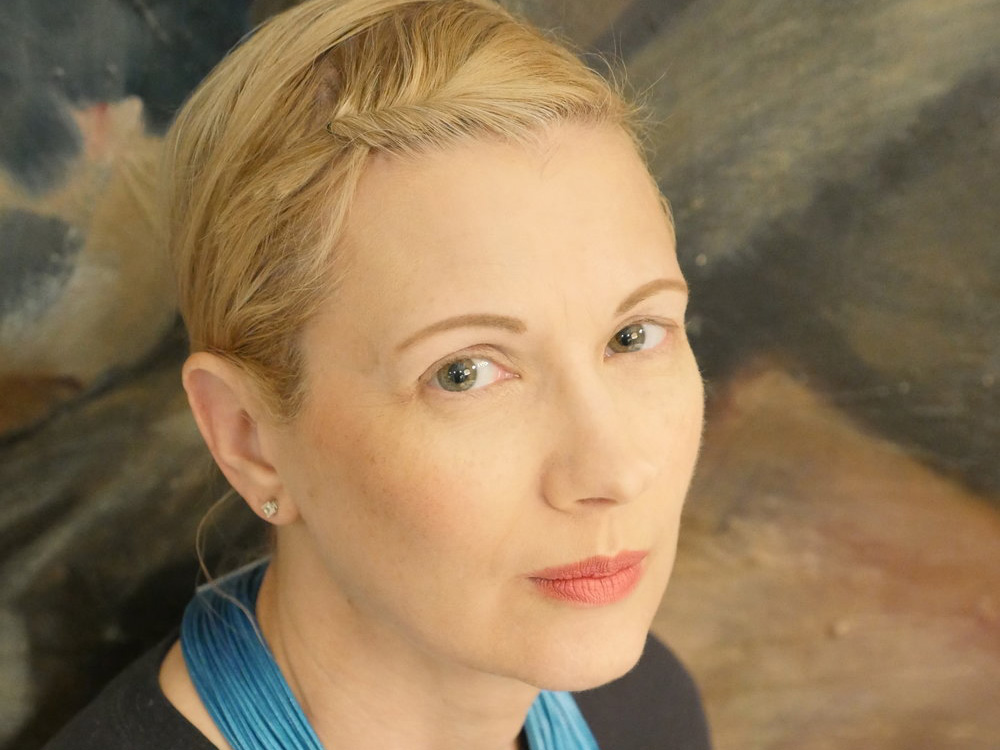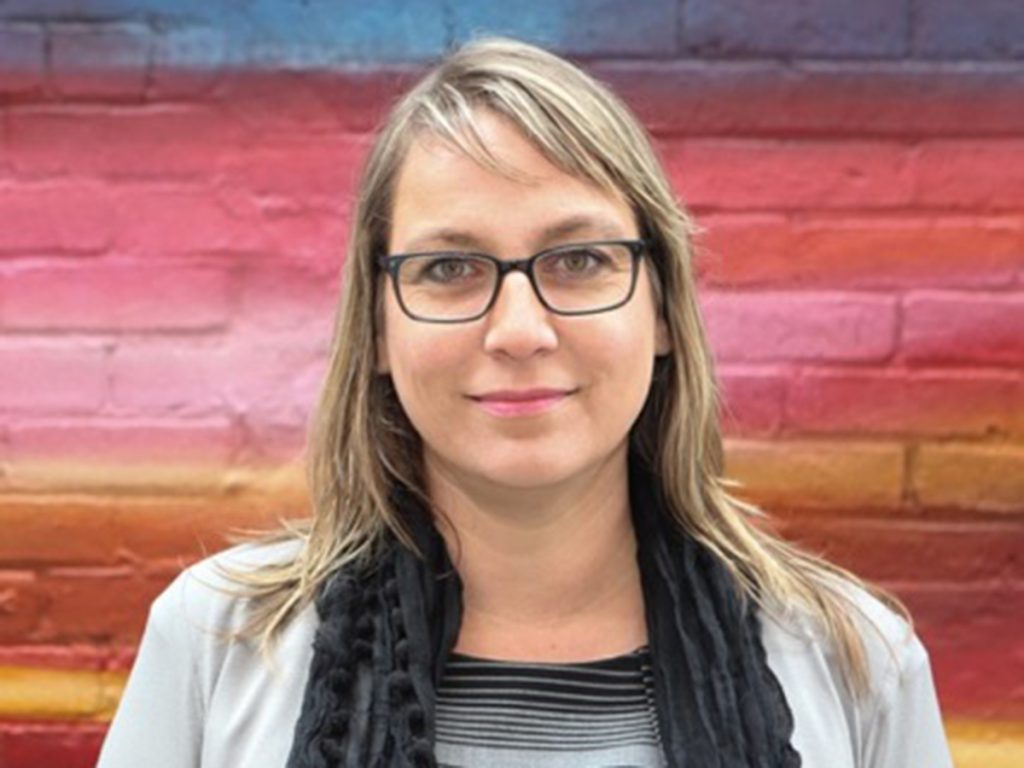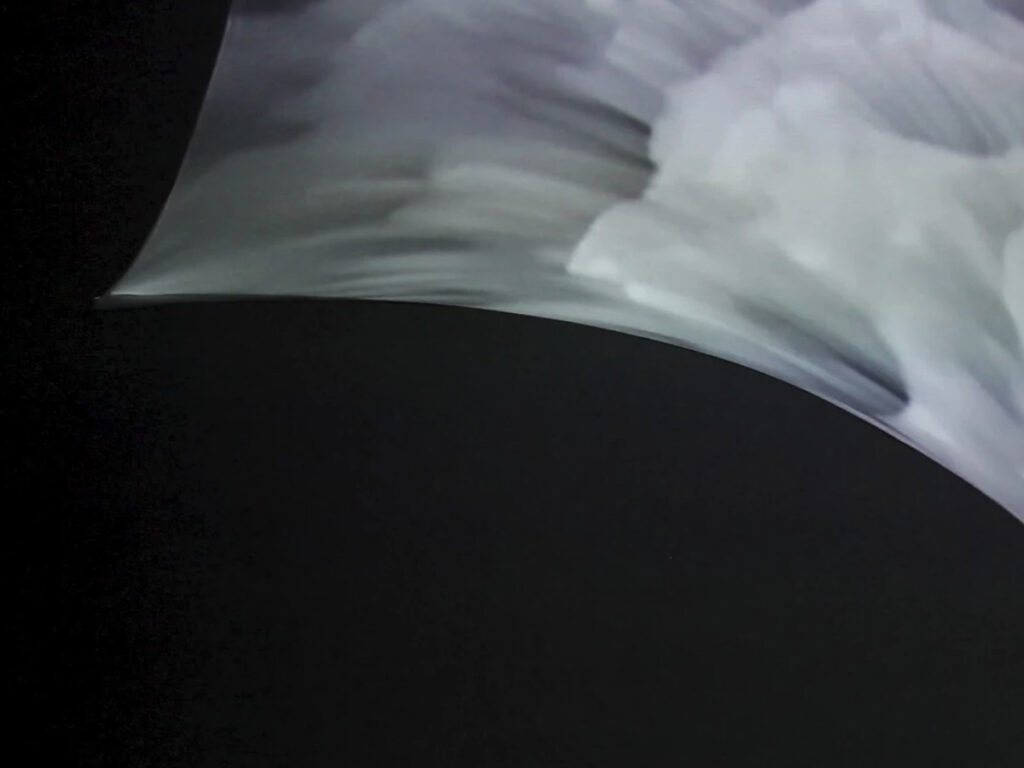Emerson Art Historians on What Biden Administration Could Mean for the Arts

Optimistic. That is how Emersonian faculty members view the Biden administration’s support of the arts and humanities.

“I feel like for me personally, and my colleagues in the arts, the Trump administration was particularly suppressive in so many ways,” said Visual and Media Arts Professor Cher Knight, chair of Emerson’s Public Art Think Tank (PATT). “Not just financially. People were worried about being censored, or [worried if there] would there be a venue for them.”
But the inauguration of President Joe Biden offered a hint that the arts will be valued by the new administration, particularly because of First Lady Jill Biden.
“She’s a teacher, a professor with a Ph.D., and she seems to care deeply about the humanities,” Knight said.
Dr. Biden was behind two notable aspects of the inauguration. First, she suggested to the Inauguration Committee that poet Amanda Gorman, the country’s first National Youth Poet Laureate, read at the swearing-in ceremony. Since then, Gorman’s celebrity and popularity has soared as millions became enraptured and inspired by her poetry.
The other, more subtle, inauguration choice that the first lady had a hand in was the displaying of Robert S. Duncanson’s painting, “Landscape with a Rainbow,” originally exhibited in 1859. The Smithsonian American Art Museum (SAAM) loaned the painting for the inauguration, which was displayed in the U.S. Capitol, the site of a violent insurrection just two weeks prior. Duncanson, who was Black, painted the piece on the eve of the Civil War, and the painting shows a couple walking in a bucolic scene towards a rainbow that presents a “a vision of future peace and prosperity regardless of race – an aspiration we should all embrace,” described SAAM.
“These are two notable, interesting instances in one day — poetry and art were put at the center of the inauguration,” said Knight. “In particular is [the fact] that they were dovetailing social justice in the arts, and both of those cases showcased people of color in our country.”

Social justice has long been part of art, and the past four years brought that out even more.
“Artists are like first responders and respond to what’s happening in society and to serve as a mirror, and [artists] can imagine a new world,” said Leonie Bradbury, Henry and Lois Foster Chair of Contemporary Art Theory and Practice; and Distinguished Curator-in-Residence, Emerson Contemporary. “They can help find new ways to do things. It’s not just to go back to normal. How can we reimagine and emerge as a better society, a more caring society, and a more equitable society? Artists’ voices are important because they’re public voices. They’re presenting work to the world for a larger public discourse.”
It is too early to tell what themes and ethos the Biden administration will inspire.
After last summer’s Black Lives Matter protests, Bradbury, a PATT committee member, wanted to showcase an artist who could address racial inequity and contextualize the Black experience. Nyugen Smith’s Bundlehouse: Rising Into Something Else multimedia project was featured in the windows of the gallery, and other locations throughout the campus.
“You can deploy and initiate conversations about topics that may be difficult and support voices that are being suppressed by society,” said Bradbury. “You can give them a voice. We definitely curated projects and hosted artists who very clearly had an activist voice, and we amplified that by giving them that platform to showcase their work. In that case as a curator, you’re more of a facilitator for other people’s voices and you do have a say in whose voices are being amplified. We will always be aware of that and we’re more aware of that now.”

The newest exhibition at Emerson Contemporary’s Media Art Gallery, Hurricane Lost, is an exhibition by Boston-based artist Georgie Friedman, and speaks to climate change and extreme weather.
The exhibition is not a direct response to the Trump administration’s withdrawal of the U.S. from the Paris Climate Agreement. But Bradbury said the scheduling of the production of the exhibition was initially intended to be shown in the months leading up to the election.
In recent years, many people have been reacting to statues of Confederate soldiers, or that upheld white supremacy, and want them pulled down. It shows there’s a consciousness of art in our country, said Knight. Statues are not just symbolism anymore.
The Biden administration appears to be projecting that ethos and sensibility.
“The arts can matter again. I don’t think arts funding will be threatened. I don’t know if they will add more funds during the pandemic, but there won’t be threats,” said Knight. “There’s a root level of understanding the value of the arts. That [art] is deep, meaningful, and impactful.”
Even the artful way that Lady Gaga sung the national anthem on January 20 gave a sense of the Biden administration, said Knight. She thinks that if it is safe to do so, Biden, unlike his predecessor, will attend the Kennedy Center Honors and the White House Correspondents’ Dinner.
“The Correspondents’ Dinner is important in having a federal recognition of showcasing comics making insightful and sharp-witted comedy. That’s important, too,” she said.
Knight said she’s ready for more arts support from the very top.
“I want support for the literary arts. I want support for music. I want support for performance arts,” she said. “Think of it holistically, and not siloed. There are overlaps that they can reinforce and enhance each other.”
Categories